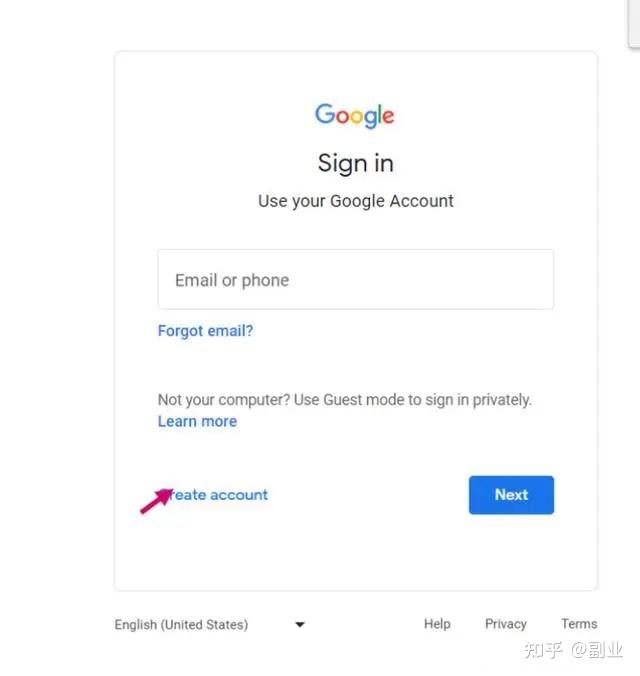注册网页的代码通常涉及到HTML、CSS和JavaScript等前端技术,以及后端语言如PHP、Python等来处理用户提交的数据。下面是一个简单的注册页面的HTML代码示例。

<!DOCTYPE html>
<html>
<head>
<title>注册页面</title>
<style>
body {
font-family: Arial, sans-serif;
}
.container {
max-width: 400px;
margin: 0 auto;
padding: 20px;
border: 1px solid #ccc;
border-radius: 5px;
}
input[type=text], input[type=password], input[type=email] {
width: 100%;
padding: 12px 20px;
margin: 8px 0;
display: inline-block;
border: 1px solid #ccc;
box-sizing: border-box;
}
button {
background-color: #4CAF50;
color: white;
padding: 14px 20px;
margin: 8px 0;
border: none;
cursor: pointer;
width: 100%;
opacity: 0.9;
border-radius: 5px;
}
</style>
</head>
<body>
<div class="container">
<h2>注册</h2>
<form action="/register" method="post"> <!-- 这里假设后端处理注册的URL为 /register -->
<input type="text" placeholder="用户名" name="username" required>
<input type="password" placeholder="密码" name="password" required> <!-- 注意:真实环境中密码不应明文传输 -->
<input type="email" placeholder="邮箱地址" name="email" required> <!-- 用于找回密码等 -->
<button type="submit">注册</button> <!-- 这里提交表单,数据会发送到后端处理 -->
</form> <!-- 这里可以添加一些错误提示等 -->
</div> <!-- /.container -->
</body>
</html>这只是一个非常基础的注册页面示例,实际开发中还需要考虑很多其他因素,如数据验证、安全性(防止SQL注入等)、用户体验等,在后端处理用户提交的数据时,也需要进行详细的验证和处理,确保数据的正确性和安全性,真实环境中的注册页面还需要考虑用户已存在、用户名是否可用等因素。










